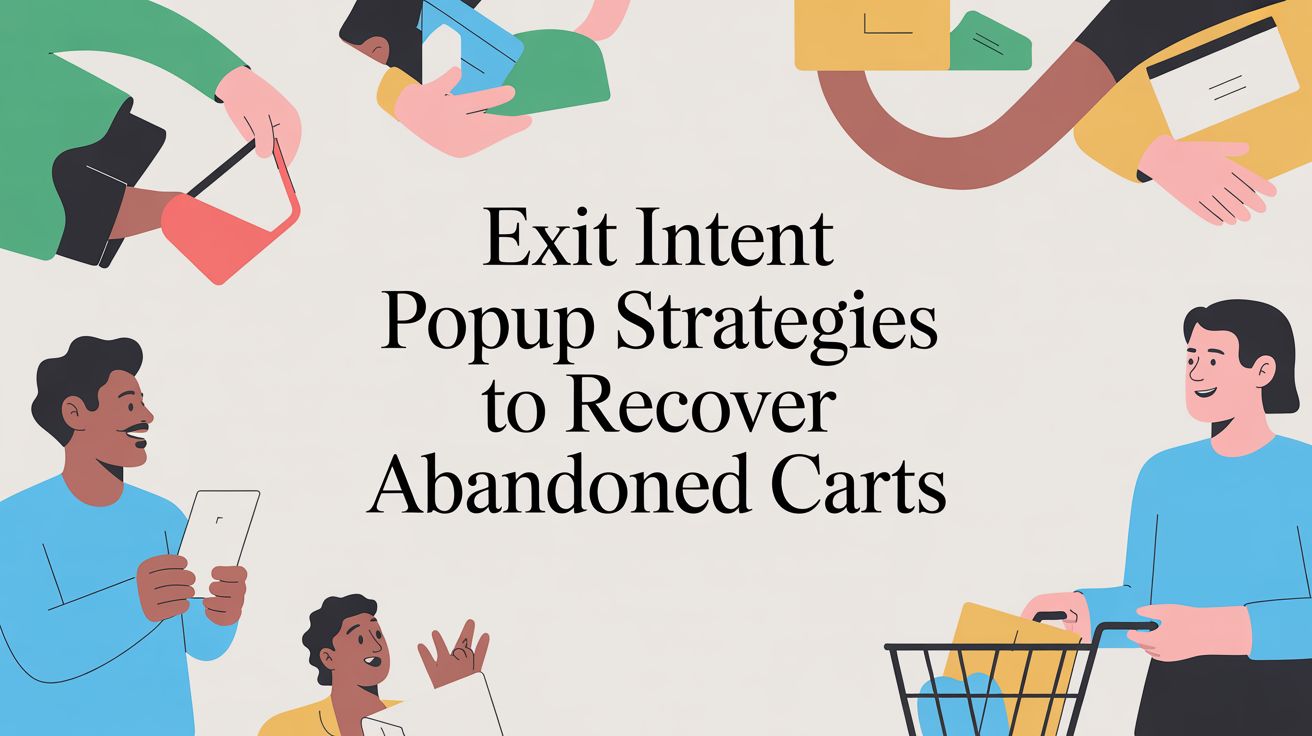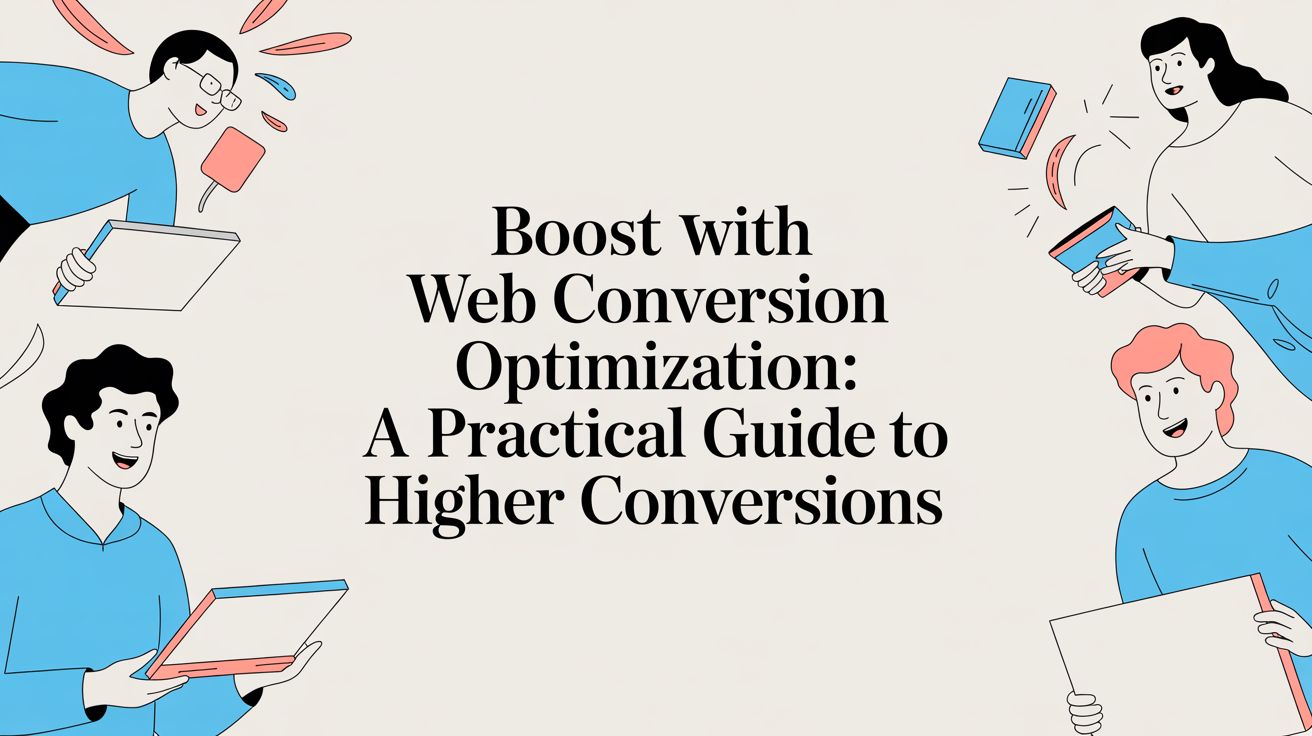
Your extensive guide to consumer anticipation

Building consumer anticipation is a skill many brands hope to perfect. This blog, filled with elements of psychology and elevated marketing practices, is designed to help you on that journey.
Follow these helpful links to get started:
2. The origin story of anticipation
4. The core ingredients of anticipation
5. The benefits of anticipation
6. How to create anticipation for product launches
7. Non-traditional ways to create anticipation
1. What is anticipation?
So what exactly is anticipation?
Here's what consumer behavioral expert Dr. Jorge Barraza told us: "Anticipation is a cognitive and emotional state where people build predictions about what’s going to happen..."
Those predictions then inform consumers of what decisions they should make going forward.
2. The origin story of anticipation
Here’s an interesting fact: Humans have survival instincts, and anticipation is one of them.
Dr. Michael Smith, a cognitive scientist, says anticipation is a baseline for determining how one should proceed, that started long before humans walked the Earth.
“The origin story of anticipation goes far back before humans arrived on the scene. Essentially all organisms learn to develop expectations about what’s likely to happen in the future, be that a good thing or a bad thing, and those expectations drive their behavior,” Smith said.
Depending on the expectations a customer has formed, their emotional state will be either positive or negative. As expected, positive emotions often encourage consumers to go towards the stimuli that sparks their interest while negative emotions drive consumers away.
And positive anticipation starts with trust.
“If marketers want to shape the anticipations that consumers have, they need to make sure that consumers interacting with their products and services have a good experience to begin with,” said Smith.
(Read more about the story behind anticipation.)
3. The basics of anticipation
There’s a sort of “anticipation-to-action” pipeline that occurs inside consumers.
When we spoke with Dr. Shagoon Maurya, she told us that the consumer choice to go in one direction or another is largely formed around how that choice will make consumers feel in the future.
“We perform an action in anticipation of its consequence," said Maurya. "By this we try to predict how our future self feels. It helps in decision-making and activates the reward system.”
You can fuel anticipation in the following says:
- Glorifying what a consumer's future would look like if they were to use the product being advertised
- Anticipating what consumers wants to hear
- Promoting upcoming products in ways that are more discreet
(Read more about the basics of anticipation.)
4. The core ingredients of anticipation
In a conversation with Dr. Jorge Barraza, we learned that anticipation is influenced by two core components: the individual experience and the brand experience.
No customer is the same, so the anticipatory experience will be different for everyone. A returning customer who knows your brand will have a different level of anticipation than someone who has never interacted with you before.
Despite the differences in emotions, you’ll need to cater to both types of customers. Neither the old nor new customer will be able to fuel anticipation all on their own.
“You want to feed anticipation for returning customers in a way that is authentic, where they themselves know this particular thing isn’t being overhyped,” said Barraza. “With people who are unfamiliar with your products or brand, they need that marketing most clearly because they need to reach that threshold where anticipation has built up enough that they’re willing to take that risk on you.”
The brand experience is all about your ability to feed consumer anticipation through various touch points. It’s your marketing strategies, popularity with consumers and ability to connect with your customers that aid in growing anticipation for your brand.
Read more about the core ingredients of anticipation.)
5. The benefits of anticipation
Anticipation has multiple benefits. Here are two of them:
Establish an emotional connection that fuels motivation
Humans are emotional creatures, and when you leverage feelings like anticipation, you can create emotions that increase the likelihood of a consumer growing interested in your brand.
Dr. Shagoon Maurya says anticipation is heightened when marketers implement feelings like the fear of missing out, a desire to be similar to those around them and other motivating factors.
The urgency that comes from the anticipation of a product that might be limited in supply or a highly coveted brand-related service can motivate consumers to focus more of their attention on your brand and what you have to offer.
Promote customer acquisition
Maurya says anticipation inspires customers to share the news of your brand and its products with friends and family, helping to generate new patrons for your business. She also suggests adding incentives like coupons and vouchers in exchange for customer referrals to increase the chances that your current customer base will spread the word about your product and help to cultivate anticipation around it.
(Read more about the benefits of anticipation.)
6. How to create anticipation for product launches
You've got a new product that's about to hit the market and want to make sure it gets the right attention. Anticipation can help.
1. Establish and enforce product value
There’s no shortage of new products on the market. In order to truly create anticipation, you’ll have to stand out from the crowd. You can do this by showcasing your value.
Enhancing value for your consumers means focusing on two main areas: consumer rationality and consumer emotions. You have to prove that your product has the right specifications (whatever that might be for your specific customers) and that customers will feel good when they interact with the product.
2. Segment your audience
While many of your customers have an appreciation for your products, not every launch will appeal to your entire base. Getting the right information to the right customers will require you to segment your audience depending on their interests.
You can use data analytics as a baseline tool for figuring out which customers are most likely to interact with your new product.
3. Tease out upcoming content
Anticipation is all about giving consumers something to look forward to. The easiest way to do that is by teasing upcoming content that will get your customers thinking about your future product or service.
Think about what your customers are interested in and how it aligns with your newest campaign. Take tidbits of that content and strategically share it with your audience. Be careful not to share too much; the trick is to give your customers just enough information to get excited, but not so much that they feel as though they know what’s to come.
4. Use consumer psychology
Anticipation heavily depends on human emotion and psychological processes. When you pair it with your marketing strategies, you can prioritize your brand and move with urgency.
Want customers to spread the word about a product or service? Leverage social proof. Hoping to drive mobile app engagement? Implement elements of scarcity and competition.
(Read more on how to create anticipation for product launches.)
7. Non-traditional ways to create anticipation
By no means is anticipation a new emotion, nor is it a new marketing strategy. This means you’ll occasionally have to try your hand at non-traditional efforts if you want to effectively gain the attention of your audience.
Here are a few ways you can do that:
1. Uncertainty
When consumers are trying to predict the latest thing to happen with your brand, it’s uncertainty that’s driving their excitement.
Psychologists believe that uncertainty can promote feelings of exhilaration and excitement, two emotions that are sure to encourage customer engagement. You can leverage uncertainty in lottery-like campaigns by raffling off rewards, promoting unknown prizes or randomly debuting a new product or service.
2. Social proof
Consumers look to others to help decide what brands are worth engaging with. In psychology, this thought process is known as social proof.
When other consumers speak positively about you, it can influence feelings of anticipation and increase your brand's perceived value. Highlight customer reviews of an upcoming product or promote awards your new item has received. The positive press not only emphasizes the potential benefits customers will gain, but also increases their excitement for the chance to see it for themselves.
3. Loyalty
Showcase your loyal customers (those who always respond to surveys, are the first to interact with new campaigns, refer family and friends to your brand, etc.) unboxing new products or trying new menu items that haven’t been introduced to the general public yet to help build anticipation around those items
4. Video marketing
Video marketing is known to support the buildup of human emotions, and anticipation is high on the list.
You can use video of satisfied customers, detailed product descriptions and teasers of new features before a release to increase consumer anticipation. The videos can be shared on social media, with your email list and through any other forms of communication with your customers.
(Read more about non-traditional ways to leverage anticipation.)
Cultivating anticipation can help your customers have a better experience. This guide can help you make the most of it.

Lindsay Keener is a brand journalist for Quikly. She covers stories that help to inform and educate consumer-facing marketers.

